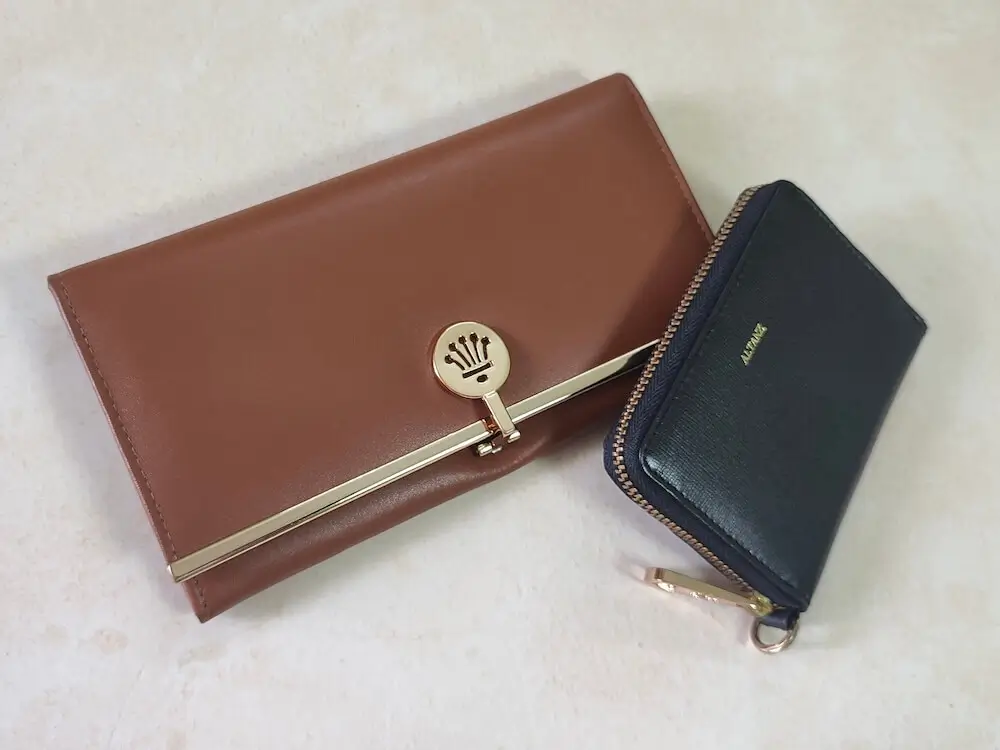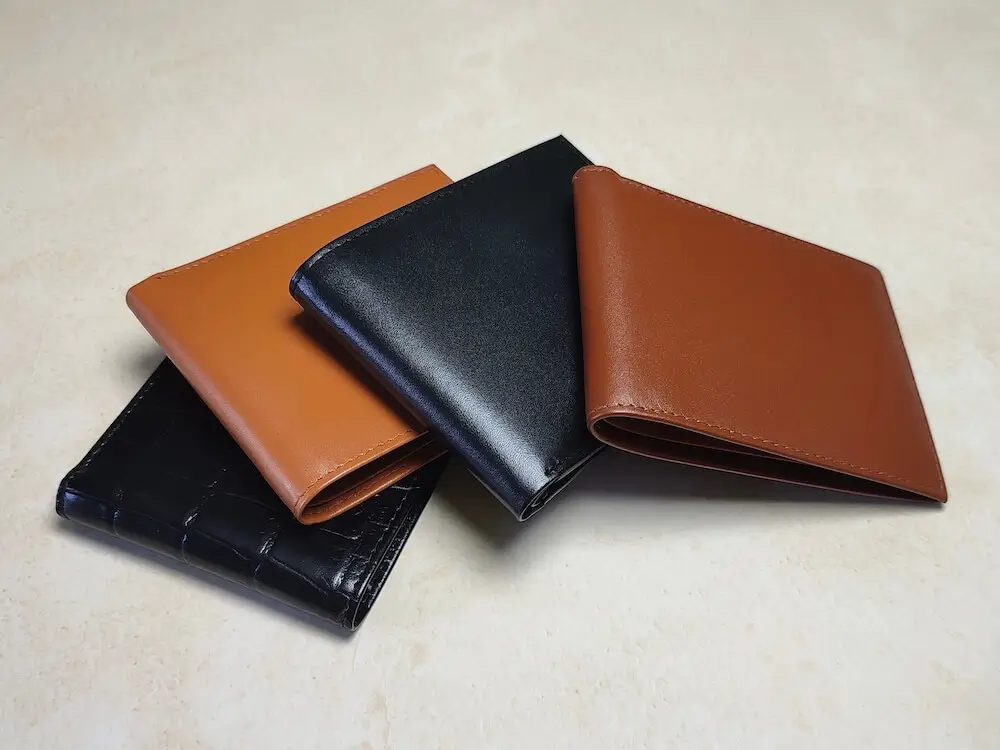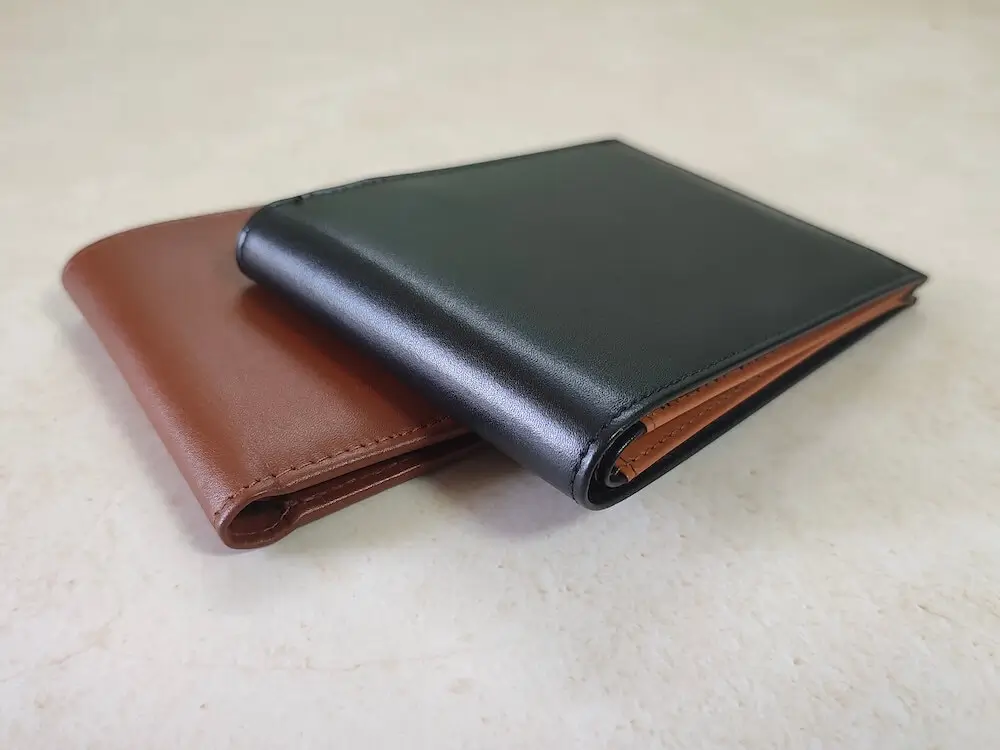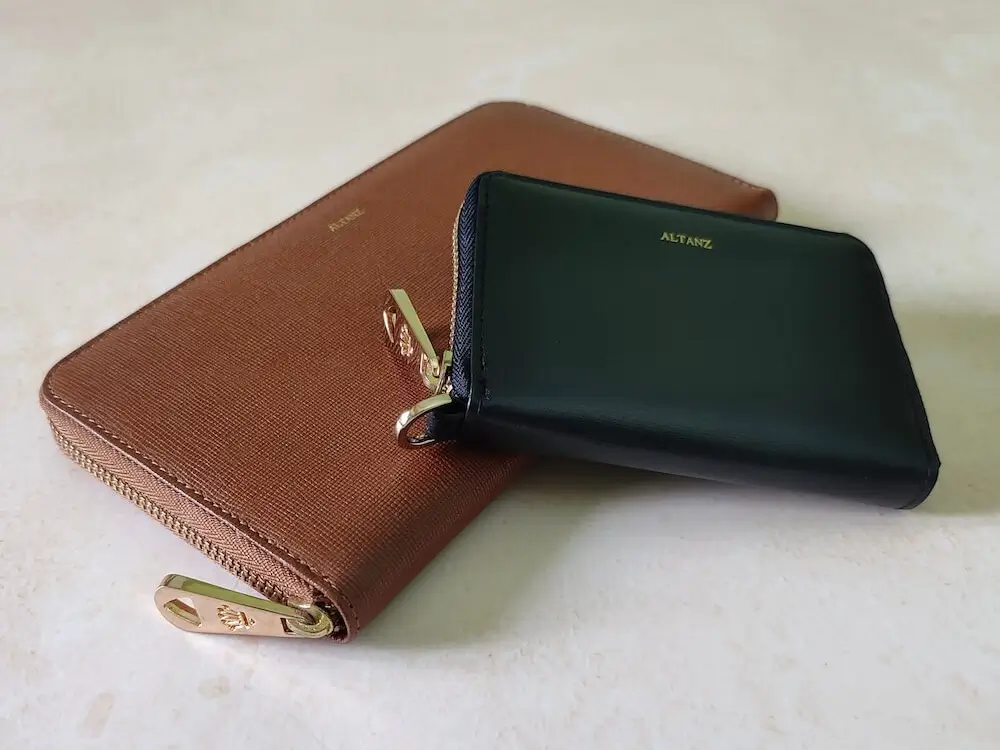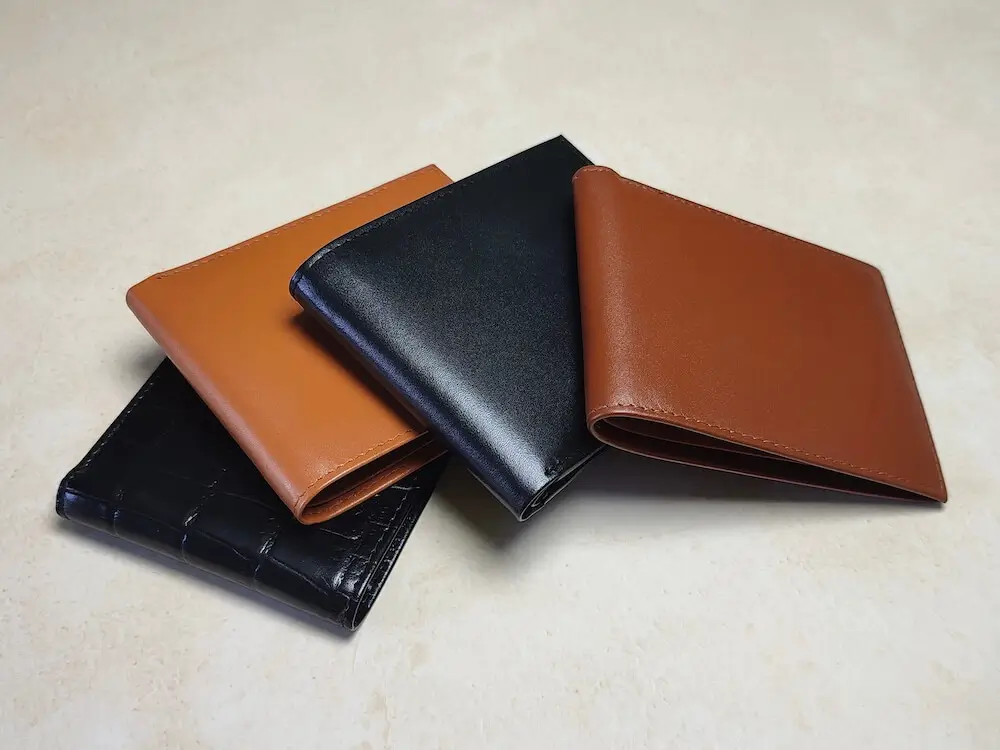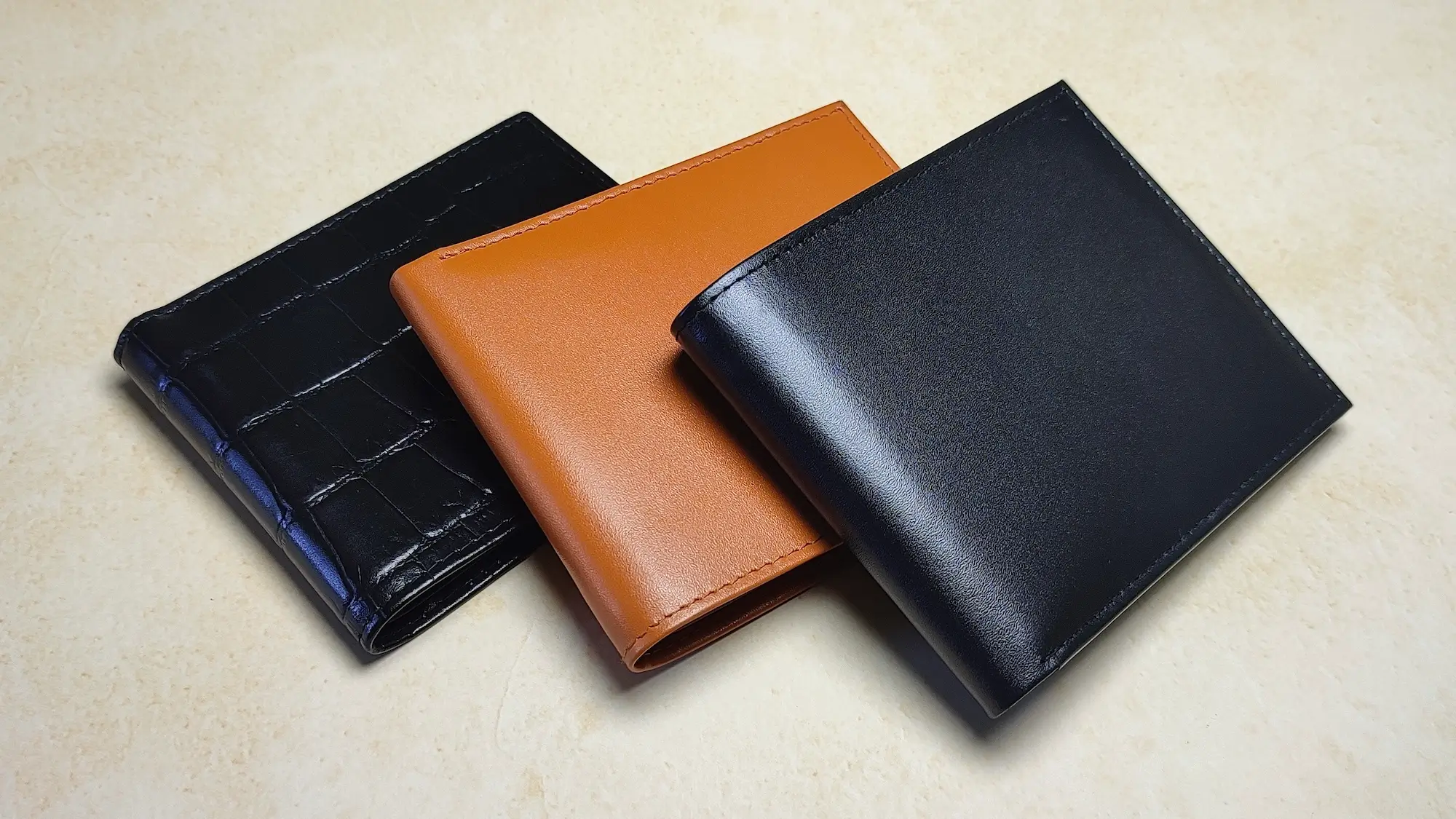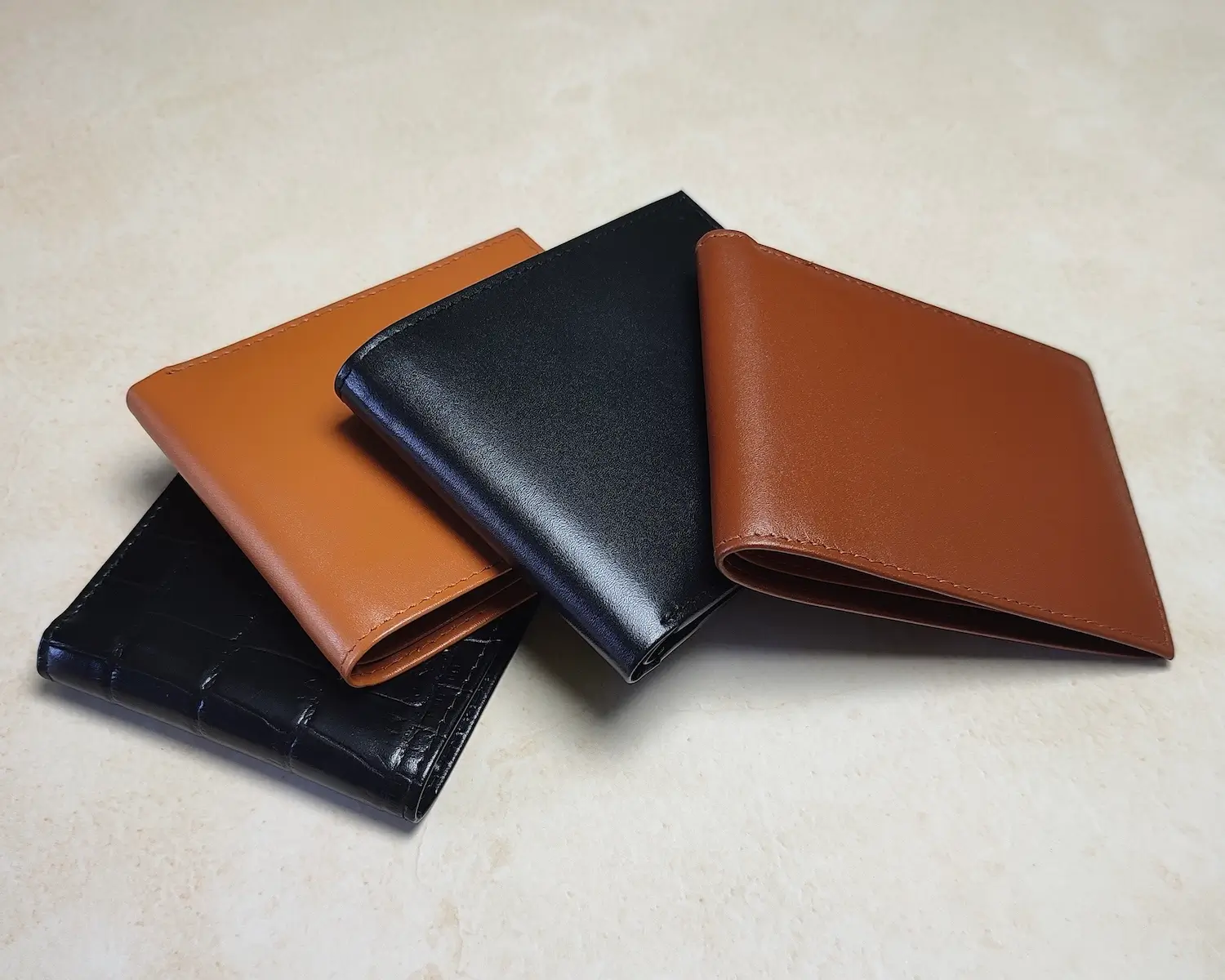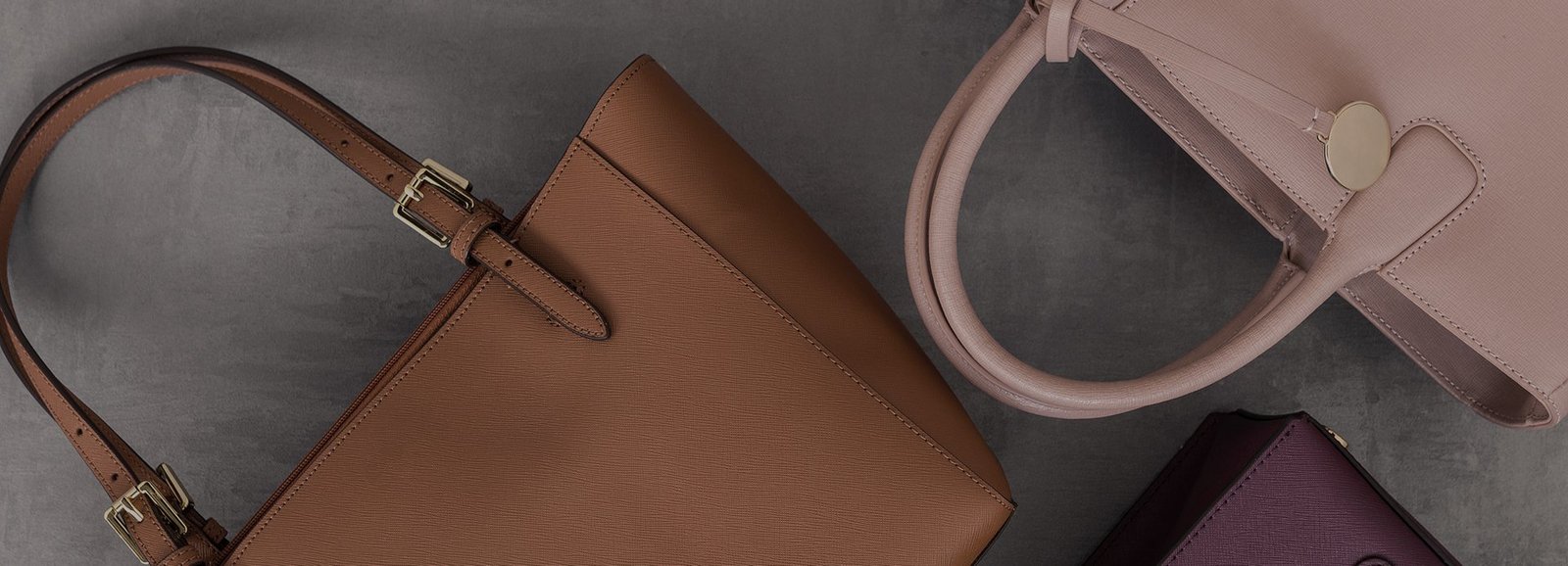Leather Care & Maintenance
How to Remove Scratches from Leather: A Quick and Easy Guide
Introduction
Scratches are an inevitable part of owning leather goods, whether they’re bags, shoes, furniture, or car seats. The good news? Most scratches can be fixed quickly and easily with the right tools and techniques.
This guide will help you assess the severity of the scratch, choose the best method for repair, and keep your leather items looking their best.
Understanding Scratches on Leather
Why Leather Gets Scratched
Leather is durable but not immune to damage. Common causes of scratches include:
- Sharp objects like keys or zippers.
- Pets’ claws on leather furniture or car seats.
- Everyday wear and tear, especially on frequently used items.
Types of Scratches
- Surface Marks: Shallow and usually easy to blend.
- Light Scratches: Visible but don’t penetrate deeply into the leather.
- Deep Gouges: More severe damage that may expose the inner layer of leather.
Assessing the Severity of the Scratch
- DIY Fix: Surface marks and light scratches can often be handled at home.
- Professional Repair: Deep gouges or extensive damage may require expert help.
Tools and Materials Needed to Fix Leather Scratches
Basic Supplies
- Soft Cloths: For cleaning and buffing.
- Leather Conditioner: Replenishes oils and softens scratches.
- Leather Balm: Helps blend and restore surface marks.
Advanced Tools for Deep Scratches
- Leather Filler: Fills in deep gouges for a smooth finish.
- Matching Leather Dye: Ensures seamless blending with the rest of the leather.
- Fine-Grit Sandpaper: Smoothens edges around the scratch (use sparingly).
Step-by-Step Guide to Removing Leather Scratches
1. Preparing the Leather Surface
- Clean the scratched area with a damp microfiber cloth to remove dirt and oils.
- Let the leather dry completely before proceeding.
2. Fixing Surface Marks and Light Scratches
- Apply a small amount of leather conditioner or balm to a soft cloth.
- Gently rub the product into the scratch using circular motions.
- Allow the product to absorb for a few hours, then buff the area with a clean cloth.
- Repeat if necessary for more visible marks.
3. Repairing Deep Gouges
- Fill the Scratch:
- Apply a leather filler with a spatula or your finger.
- Smooth it evenly across the gouge, removing excess.
- Let it dry as per the product’s instructions.
- Sand and Dye:
- Use fine-grit sandpaper to smooth out dried filler gently.
- Apply a matching leather dye to blend the repair with the surrounding area.
- Allow the dye to dry before sealing with a leather balm or conditioner.
Special Tips for Different Types of Leather
Caring for Full-Grain Leather
- Avoid abrasive tools that might disrupt the natural grain.
- Use high-quality conditioners to maintain texture and patina.
Fixing Scratches on Suede and Nubuck
- Brush lightly with a suede brush to lift the nap and reduce marks.
- Use a suede eraser for stubborn scratches or marks.
Handling Faux Leather Scratches
- Use a vinyl or synthetic leather repair kit.
- Avoid heat-based methods, as synthetic materials can warp.
Preventing Future Scratches
Regular Conditioning and Maintenance
- Condition Frequently: Apply a leather conditioner every 2–3 months to keep the material supple and reduce its susceptibility to scratches.
- Clean Regularly: Wipe down leather items with a microfiber cloth to prevent dirt buildup, which can lead to abrasion.
Using Protective Treatments
- Apply Leather Protectors: Use waterproofing sprays like Collonil Carbon Pro or Kiwi Protect-All to shield leather from moisture and scratches.
- Covers and Cases: For furniture and car seats, consider protective covers to minimize direct exposure to pets, sharp objects, or frequent use.
Proper Storage and Handling
- Avoid Overloading: Overstuffing leather bags can lead to stretching and surface scratches.
- Separate Sharp Objects: Keep items like keys, pens, and tools in separate compartments to prevent accidental scratches.
- Store Correctly: Use dust bags for leather items and store them in a cool, dry place away from sunlight and humidity.
When to Seek Professional Help
Recognizing Severe Damage
If scratches expose the inner layers of leather or extend across a large area, professional services are recommended. Signs you may need expert help include:
- Peeling or Cracked Leather: These issues require advanced restoration.
- Discoloration Around Scratches: Professionals can blend dyes for a flawless finish.
- Structural Damage: Deep gouges that weaken the leather may need reinforcement.
Benefits of Professional Repair Services
- High-Quality Results: Experts use specialized tools and products to repair leather seamlessly.
- Time-Saving: Complex repairs are completed faster by professionals.
- Long-Term Durability: Proper restoration ensures your leather remains intact and beautiful for years.
Mistakes to Avoid When Fixing Leather Scratches
Using the Wrong Products
- Avoid Household Cleaners: Vinegar, ammonia, and abrasive substances can strip the leather’s natural oils and cause further damage.
- Test Before Use: Always patch-test any product on a hidden area to ensure compatibility with your leather.
Overapplying Filler or Dye
- Excessive use of fillers can result in a bulky appearance.
- Too much dye can create uneven coloring or a sticky finish. Apply in thin, even layers.
Ignoring Regular Maintenance
- Skipping conditioning and cleaning increases the risk of scratches and wear.
- Lack of care leads to leather drying out, making it more prone to damage.
Conclusion
Scratches on leather don’t have to be permanent blemishes. With the right tools, techniques, and a bit of patience, you can restore your leather goods to their original beauty. Regular conditioning, careful handling, and protective measures are the best ways to prevent future scratches and keep your leather looking new. For more severe damage, professional repair services ensure lasting results. With these tips, your leather items can maintain their timeless appeal for years to come.
FAQs
-
Can I repair all types of scratches on leather at home?
Most surface and light scratches can be fixed with DIY methods. Deep gouges may require professional repair. -
What’s the best product for fixing light scratches?
Leather balms like Chamberlain’s Leather Milk or conditioners like Leather Honey work well for light scratches. -
How do I match the dye when repairing a deep scratch?
Use a leather repair kit that includes a color-matching guide or consult a professional for precision. -
Can scratches on suede or nubuck be removed completely?
Minor scratches can be minimized with a suede brush or eraser. Deep marks may be less noticeable but harder to remove entirely. -
How often should I condition leather to prevent scratches?
Condition every 2–3 months or more frequently in dry climates to maintain leather’s suppleness and prevent damage.
FAQ : Frequently Asked Questions
How to Remove Scratches from Leather: A Quick and Easy Guide
Answer:
Most surface and light scratches can be fixed with DIY methods. Deep gouges may require professional repair.
Answer:
Leather balms like Chamberlain’s Leather Milk or conditioners like Leather Honey work well for light scratches.
Answer:
Use a leather repair kit that includes a color-matching guide or consult a professional for precision.
Answer:
Minor scratches can be minimized with a suede brush or eraser. Deep marks may be less noticeable but harder to remove entirely.
Answer:
Condition every 2–3 months or more frequently in dry climates to maintain leather’s suppleness and prevent damage.



